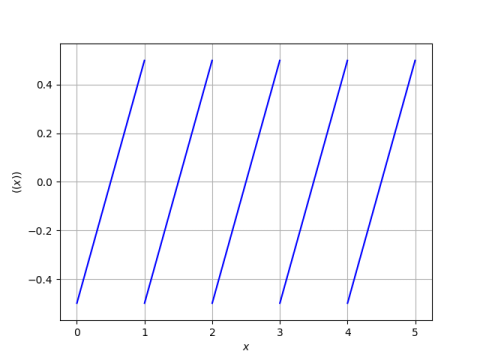Sawtooth waves
The Endeavour 2024-10-23
I woke up around 3:00 this morning to some sort of alarm outside. It did not sound like a car alarm; it sounded like a sawtooth wave. The pattern was like a Morse code O. Not SOS, or I would have gotten up to see if anyone needed help. Just O.
A sawtooth wave takes its name from the shape of its waveform: it looks like the edge of a saw. It also sounds a little jagged.

Sawtooth waves have come up several times here. For one thing, they have rich harmonics. Because the wave form is discontinuous, the Fourier coefficients decay to zero slowly. I wrote about that here. The post is about square waves and triangular waves, but sawtooth waves are very similar.
Here’s a post oscillators with a sawtooth forcing function.
I took sawtooth functions in a different direction in this post that started with an exercise from Knuth’s TAOCP. This led me down a rabbit hole on replicative functions and multiplication theorems in different contexts.
If I remember correctly the sound used for red alterts in Star Trek TOS started with a sawtooth wave. Early synthesizers had sawtooth generators because, as mentioned above, these waves are rich in overtones and can be manipulated to create interesting sounds such as the red alert sound.
The post Sawtooth waves first appeared on John D. Cook.